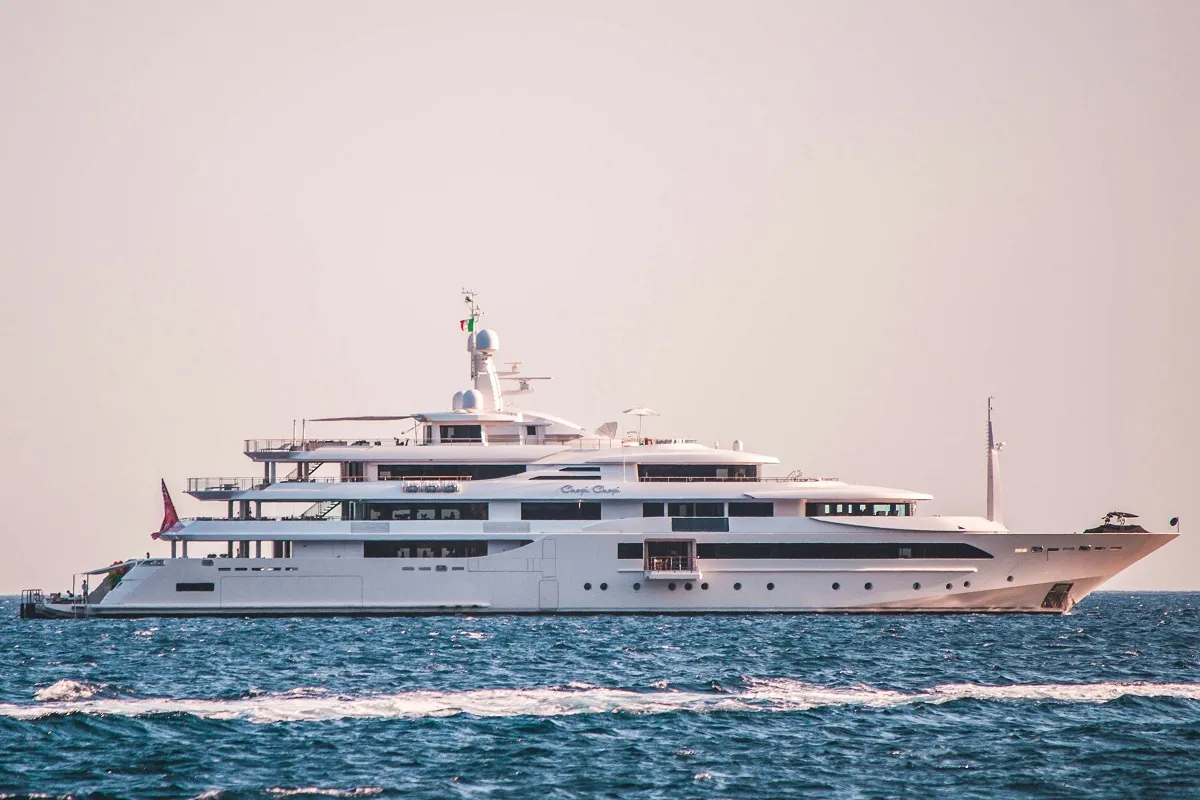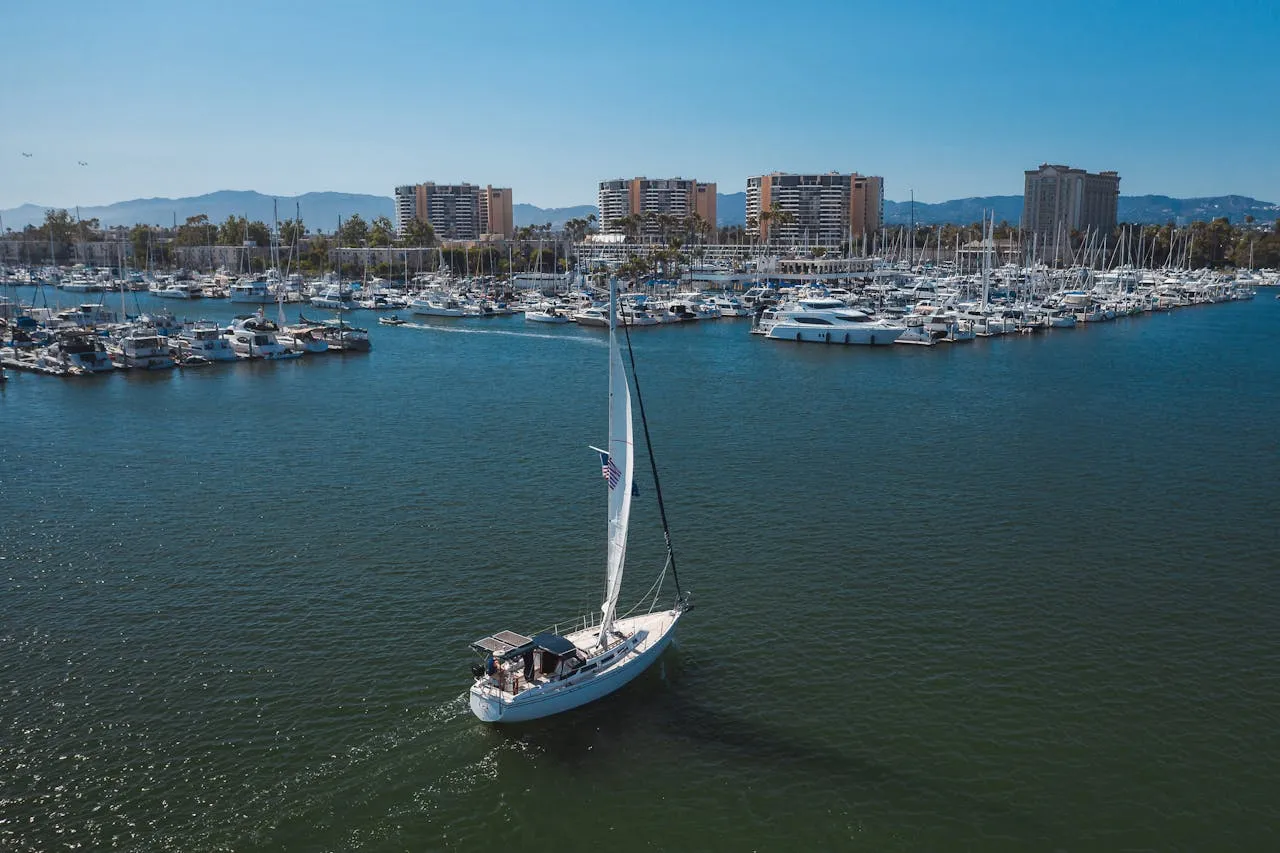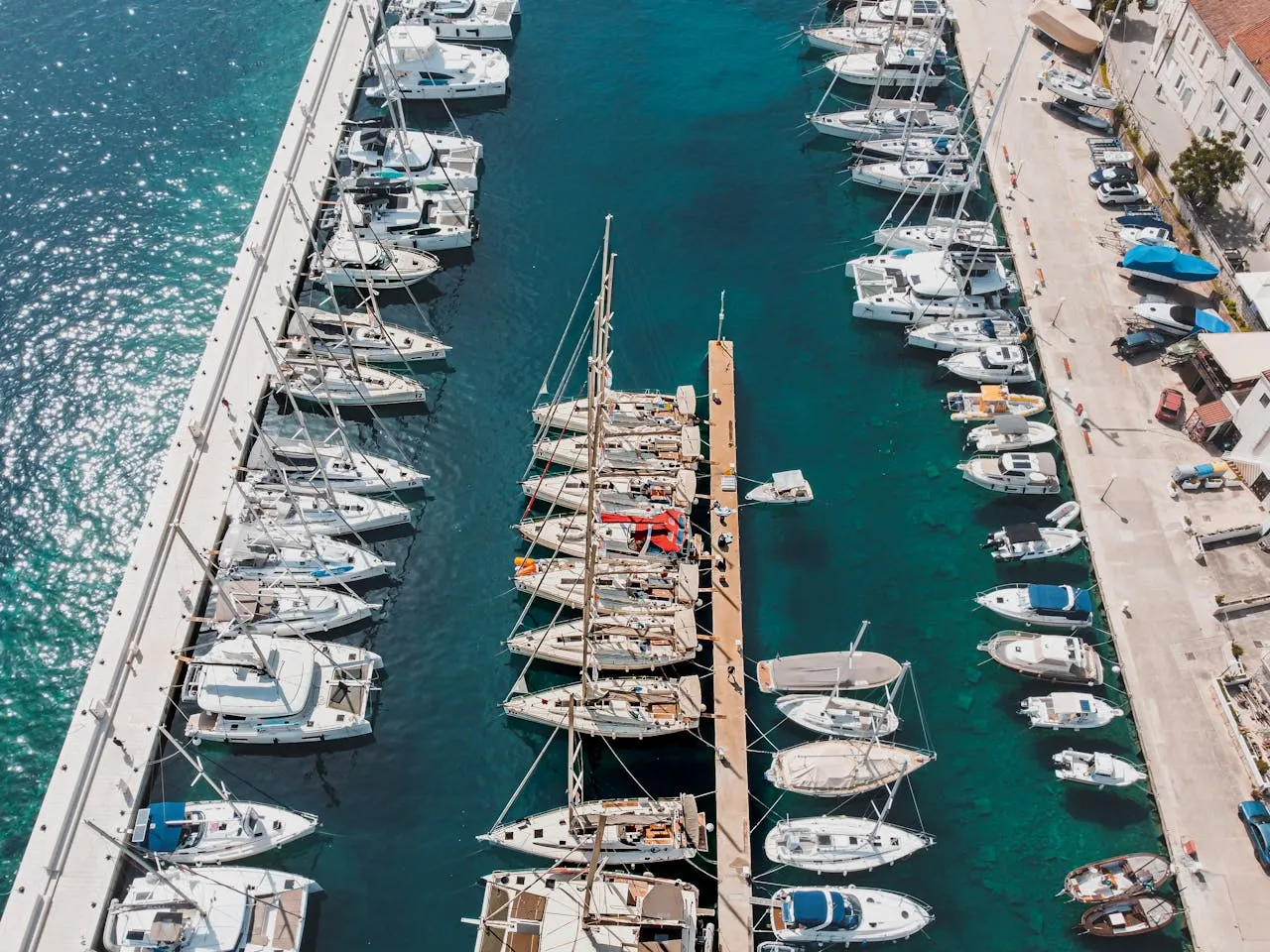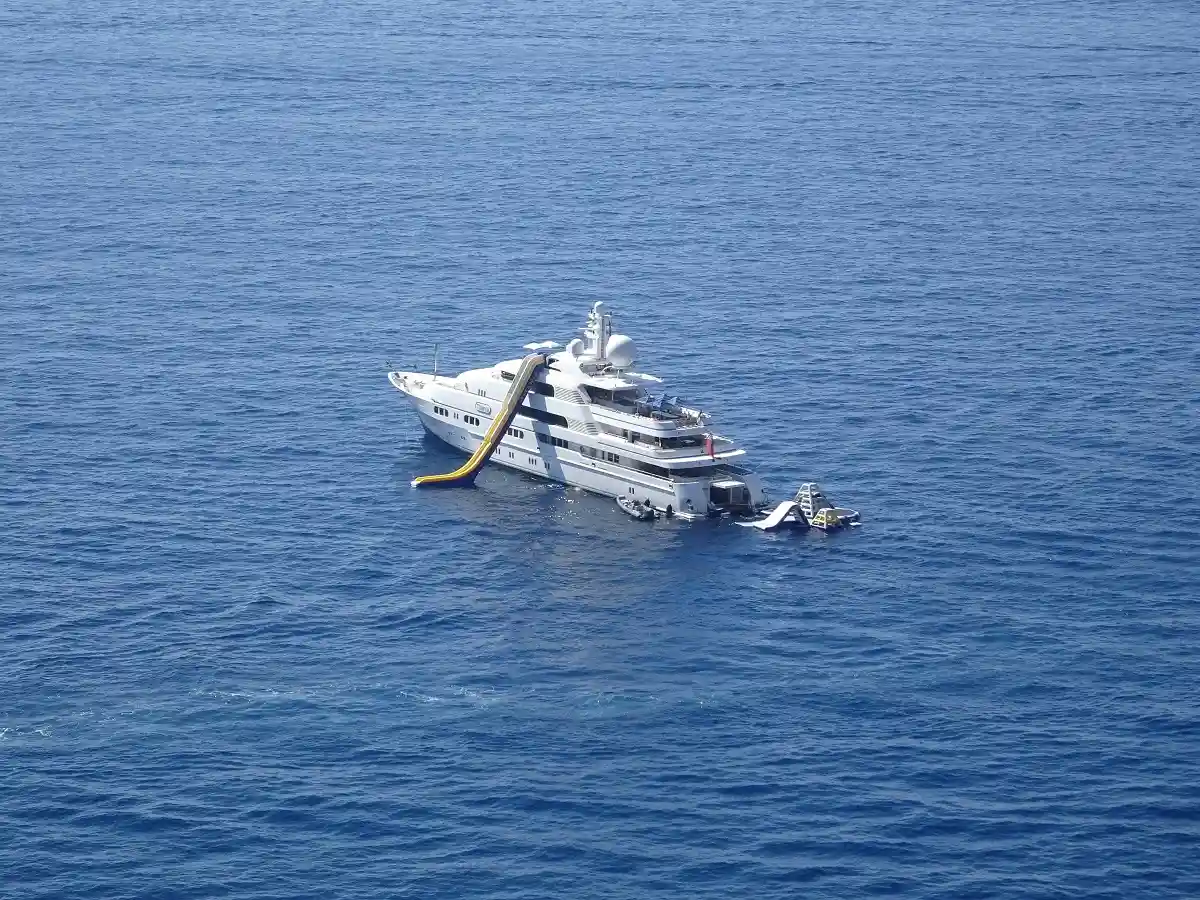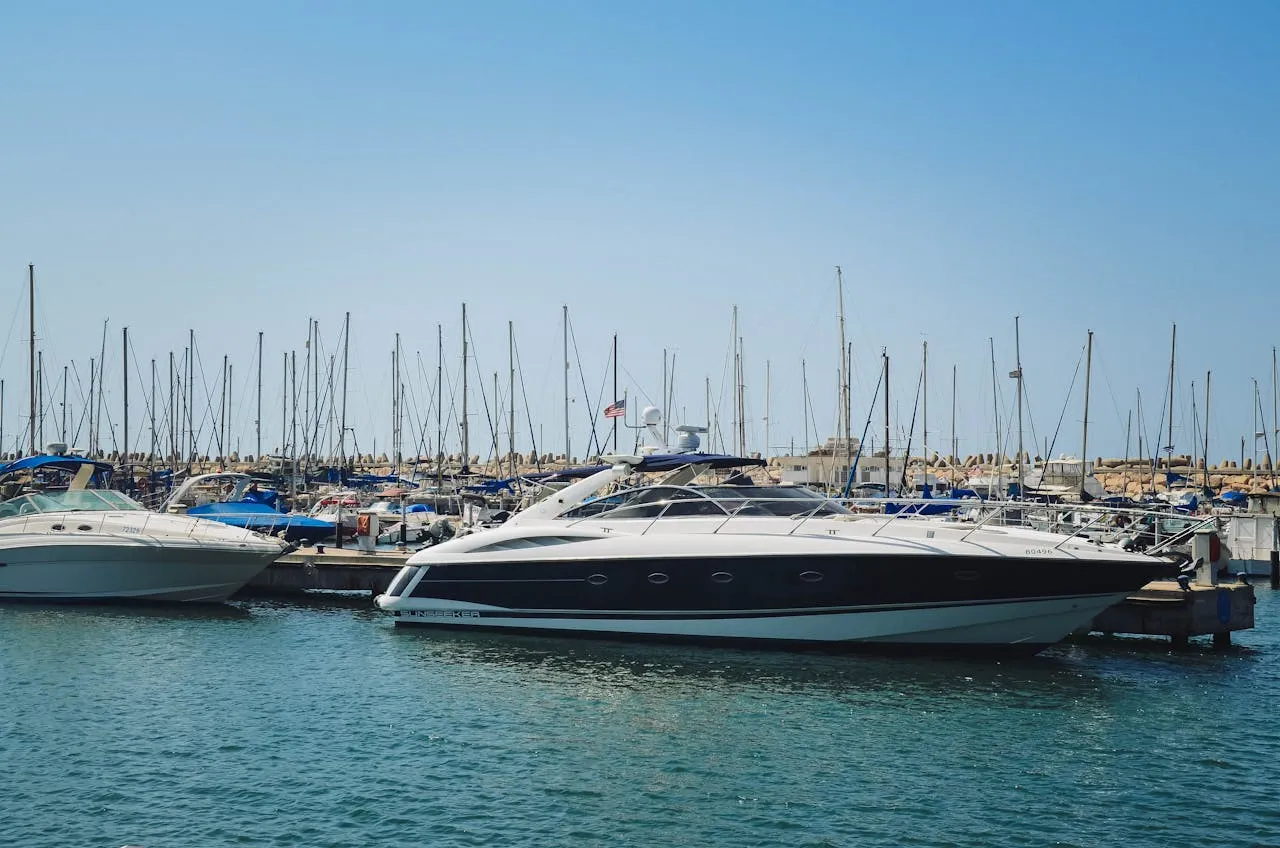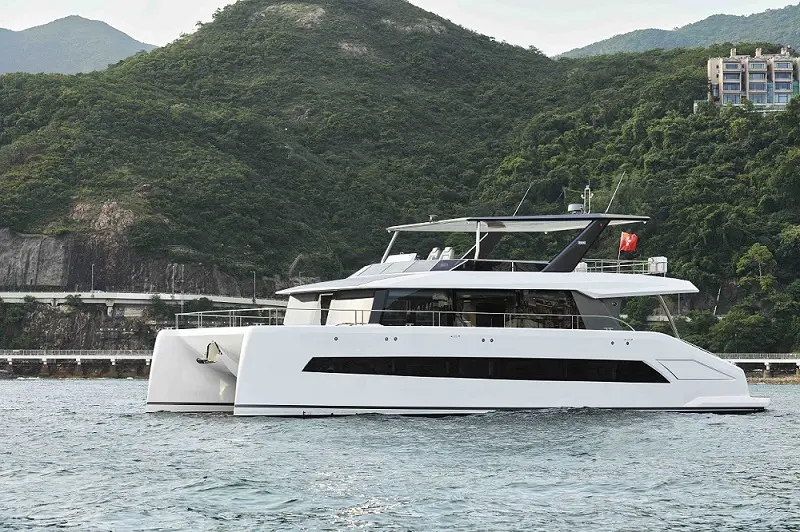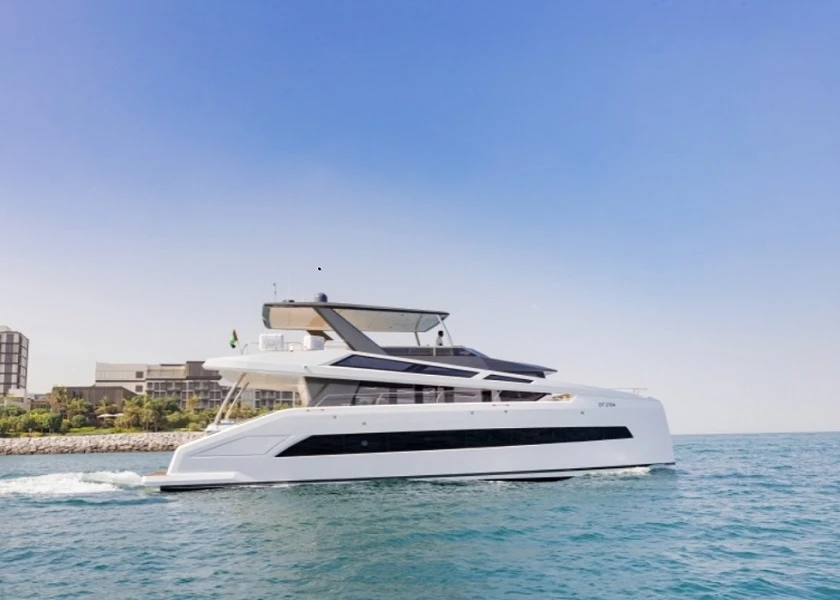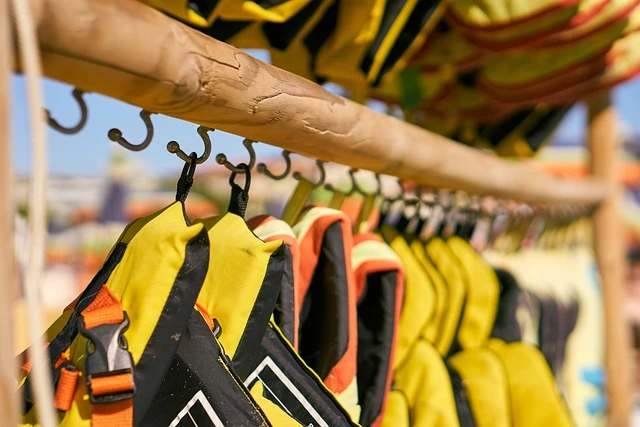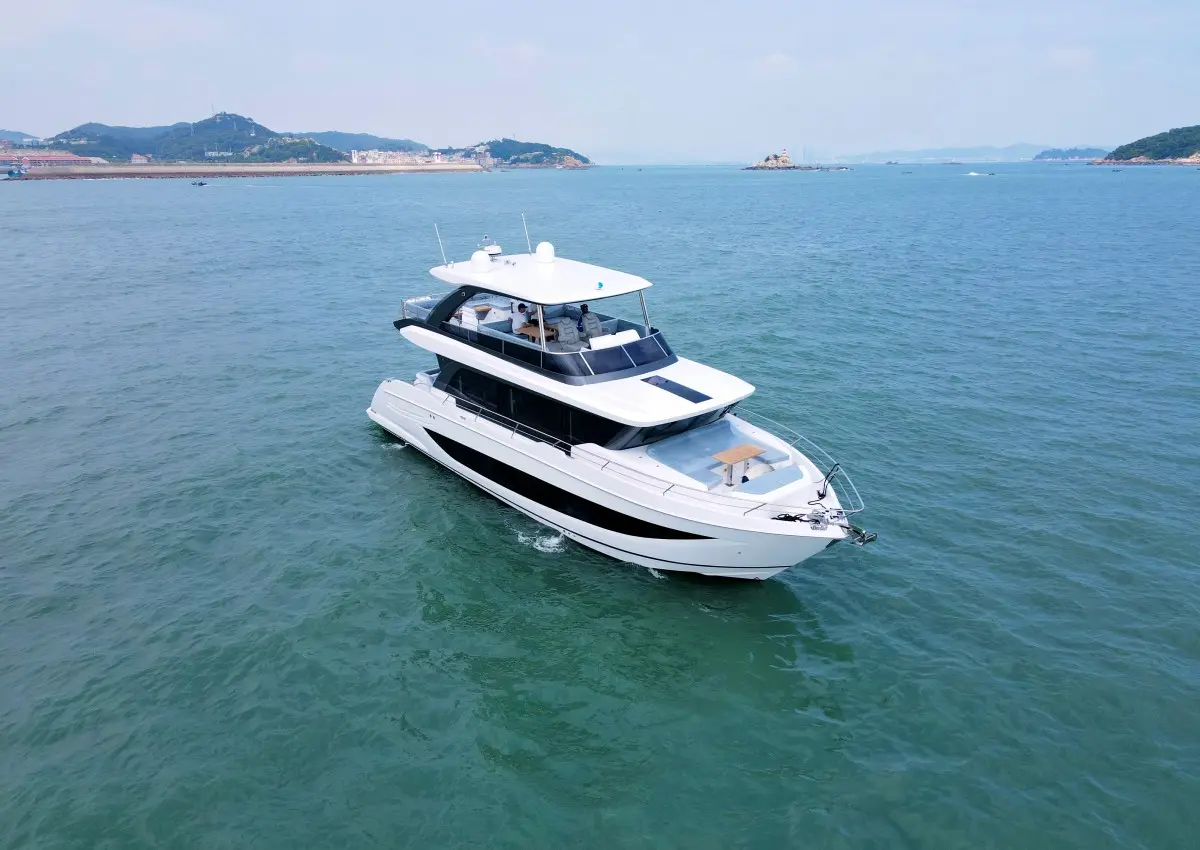Docking a personal boat can be challenging for beginners. Small boats are fast and agile, extremely difficult to man oeuvre at low speeds and in the face of windy conditions, and if not handled correctly, there is a high risk of causing an accident during docking, resulting in damage to the boat. If you're a beginner boater, here are some tips for docking your boat that can help you.

Plan a docking strategy
To successfully dock your personal boat, it is important to plan your docking strategy in advance. In this process, you can consider the following things:
Assess environmental conditions
Check the weather conditions carefully, paying particular attention to the wind and currents. Strong currents or gusty winds may have a greater impact on docking your boat, which requires you to dock your boat in a way that is responsive to strong currents and gusty winds. For example, when going upwind, you will need to constantly adjust your speed and angle to ensure that your boat can dock smoothly.
Familiarize yourself with the docking area
Carefully observe the docking positions of other boats in the docking area, the buoys and the presence of any obstacles. Knowing this information will help you to anticipate potential dangers, so that you can take timely measures to avoid collisions and other accidents.
Confirmation of docking space
When docking a boat, you need to make sure that the location you choose to dock is not occupied by other boats and that there is enough space to accommodate your boat. If the location is too small, the boat is likely to collide with or scrape against the surrounding objects during docking.
Determine the distance and angle of docking
The ideal way to dock a boat is to have the bow of the boat pointing at a 45-degree angle to the dock. This angle and direction make it easier for you to man oeuvre and make adjustments to dock the boat correctly.
Maintain a slow and steady speed
As the boat approaches the dock, you must maintain a slow and controlled speed, which is the key to docking the boat. A slow travelling speed has better maneuverability and gives you more time to adjust your course. Especially for novices, you can avoid the risk of colliding with the dock or other boats due to the slower speed.
Steering the boat towards the marina
As the boat approaches the dock turn gradually while maintaining a slow travelling speed. During the man oeuvre, as the boat is sensitive to changes in throttle, it may be necessary to maintain control by fine-tuning, whilst taking care not to change throttle suddenly during the transition steering, as this may result in loss of control of the boat. Also, consider the effects of wind and current. When the current is strong, additional adjustments to the throttle or steering will need to be made depending on the direction of the current.
Aligning your boat with the dock
As your boat gradually approaches the dock, it is important to gradually align your boat parallel to the dock, this step is very important, you can do this by adjusting the throttle and steering. When docking your boat, be patient and make small movements each time you adjust the throttle and steering to avoid your boat going over the dock or colliding with the dock.
Securing the boat to the dock
When the boat is parallel to the dock and only a few feet away, you can prepare to secure the boat to the dock with ropes. Here are some points to keep in mind when securing the boat:
1. When the engine is running, the propeller is rotating at high speed and people can be easily hurt when they are close by, so please remember to switch off the engine as this will drastically reduce the risk of injury or damage due to propeller movement.
2. Put the rope in advance where you can get it by hand, so that your rope is within reach when you need to fix your boat, and you can fix your boat quickly.
3. When attaching ropes, use a professional nautical knot. This not only ensures that your boat is securely fastened, but it is also easy to untie when you subsequently apply it for travelling.
4.If your boat is equipped with bumpers or wings, make sure they are installed in the correct position. This will effectively prevent damage to the boat during docking.
5. Once you have completed securing the ropes, gently pull on the ropes to ensure that the boat is securely fastened to the dock. Only by confirming that the ropes are secure can you ensure that your boat is safe.






 Leave the comment
Leave the comment
